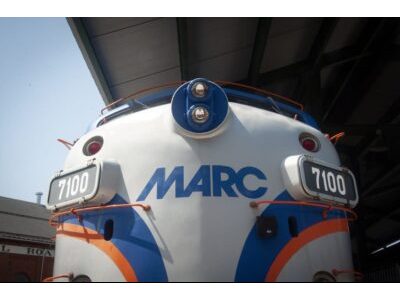
Great power competition in the Pacific Islands: Can the United States catch up with China?
Great power competition in the Pacific Islands: Can the United States catch up with China?
China is on the move in the islands of the Pacific, posing a big geopolitical challenge for the incoming Trump administration.
These islands encompass one fifth of the world’s surface, and they aren’t big on landmass. But they are vast in terms of territorial waters and the fishing and mineral rights that go with them, and they sit astride the major sea lanes through which much of the world’s commerce flows. These specks on the map are also where the United States fought and won World War II in the Pacific.
One index of the Great Power Competition today is the race to open embassies on the Pacific islands. China not only leads the United States in diplomatic outposts, but also has vastly more personnel on the ground. It spends heavily and competes everywhere it can by whatever means it chooses. In the Solomon Islands, for example, China is currently building a deep-water port, having bought influence reportedly by bribing local lawmakers.
President-elect Trump faces a special challenge in the Pacific, for a great many of the islands are built on coral reefs, and rising ocean levels is their topmost concern. That doesn’t square with the President-elect’s dismissal of climate change as a “hoax.”
How to tackle the challenge? Our next distinguished speaker, Kathryn Paik of the Center for Strategic and International Studies, will lay out the possible courses of action on the islands and other areas of U.S.-China competition in a presentation on Tuesday, Jan. 28.
To register for this event, contact Aaron Meuser at [email protected]









